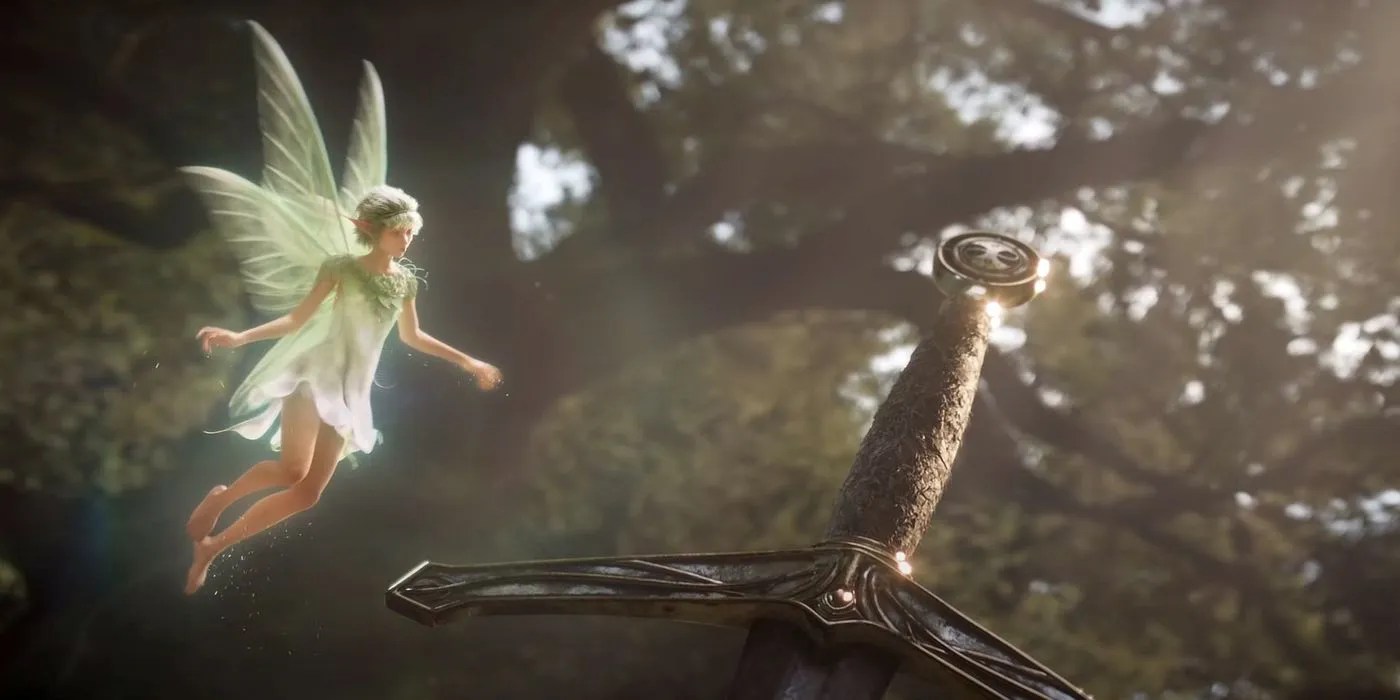The lastFablegame released over a decade ago, but withFable 4promising to reboot the series many fans of the franchise are wondering how it will hold up in the 2020s. When looking at third-person fantasy RPGs that could steer the game in the right direction, it’s hard to go wrong with CD Projekt Red’sThe Witcher 3: Wild Hunt.
The Witcher 3may have a very different tone to theFablegames, but there are some great design principles it employs that could setFable 4on the right track as it attempts to relaunch in a new generation. Here’s a breakdown of whatThe Witchercan teachFable.

RELATED:One Fable 3 Feature Should Return, But Be Improved, in the New Fable Game
Questing And Roleplay In An Open World
Fable 4will be an open-world game. That means fans can expect the main questline to drive them through the story beside a myriad of optional side quests throughout the world. WhileThe Witcher’s bleak, brutal universe might not provideFablewill much guidance regarding its setting, the way the CDPR game balances its main quests and side quests in its open world could.
In many RPGs, includingFable 3, the player’s main motivation for completing side quests is usually meta rather than motivated in-universe—it’s content for the player to see in the game. In the context of the main quest’s high stakes, this can undermine immersion, with the hero running around an open world running errands while that world risks being destroyed.The Witcher 3makes its side missions make total sense in terms of Geralt’s character and needs. Many of them arewitcher contracts, which throughout all theWitcherstories Geralt needs to complete for bed and board. The same is true inThe Witcher 3while Geralt is searching for Ciri. Not only that, but Ciri feels far enough away for most of the main quest that it doesn’t seem immersion-breaking to slow down and explore the game’s different regions.

Fable 4would do well to find a similar way to make its side quests feel as story-motivated as its main quests. It’s unlikely the nextFable’s protagonist will be a monster-hunter likeGeralt of Rivia, but getting the pacing ofFable 4’s plot right and finding ways to motivate players to complete side missions in character could help bring the game’s world to life in a way many RPGs struggle to.
RELATED:The Case for Fable Remakes Before Fable 4
Characters And Moral Conundrums
The Witcher 3does a similarly great job integrating its relationships into the main quest in a way that feels like a step up from older third-person RPGs.Fable 3’s marriage systemwas pretty bare-bones, more mechanical than a real story. In contrast,The Witcher 3’s romance options appear organically throughout the main story, and the characters involved are all central to the plot rather than feeling like part of an optional side-mechanic. This also applies to non-romantic relationships—secondaryWitchercharacters like Dandelion aren’t isolated to side quests but occupy smaller roles in an overarching story.
When it comes to moral decisions,The Witcher 3rarely lets the player feel confident that they’ve made the right choice. In contrast, the originalFablegames often made it very clear which path was good and which was evil. Players should still have the choice to become a cackling tyrant inFable 4if they want to, but ifFable 4is going to immerse players in its major decisions as well asThe Witcher 3, it needs to take notes from some ofThe Witcher’s most morally ambiguous questsand characters.
Fablemay be a very different franchise thanThe Witcher, butThe Witcher 3still stands out as one of the best-executed third-person fantasy RPGs to come out in the eleven years since Fable 3. With little news from Playground games sinceFable 4’s announcement, however, the new game could be taking the series in a completely unexpected direction.
Fable 4is currently in development for PC and Xbox Series X/S.